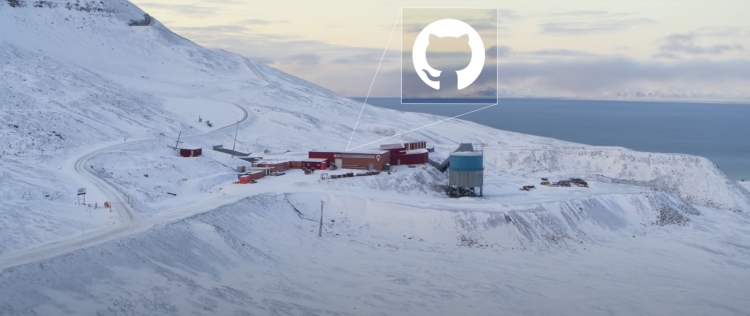GitHub Buries Huge Data Archive At The North Pole For Future Humans

The world’s leading software development platform, GitHub, has stored a huge chunk of data (approx 21 terabytes) in long-term storage at the remotest part of the earth, the North Pole.
A Microsoft subsidiary, GitHub, is famous for its open-source projects and the GitHub Arctic Code Vault program is an attempt to preserve human progress in computing for future generations. The company aims to preserve as much data it could fit and hopes it could last for more than 1,000 years.
“The GitHub Arctic Code Vault is a data repository preserved in the Arctic World Archive (AWA), a very-long-term archival facility 250 meters deep in the permafrost of an Arctic mountain. The archive is located in a decommissioned coal mine in the Svalbard archipelago, closer to the North Pole than the Arctic Circle. GitHub will capture a snapshot of every active public repository on 02/02/2020 and preserve that data in the Arctic Code Vault,” GitHub said in a blog post.
The California-based company said that in the case of global catastrophe, humans could lose everything stored on modern media in a few generations since a large amount of the world’s knowledge is currently stored on ephemeral media: hard drives, SSDs, CDs, good only for a few decades.
Github said that the archive will also include a “Tech Tree” — a roadmap that will serve as a quickstart manual on software development and computing along with a Rosetta Stone for future humans who might be curious about their ancestors.
“The Tech Tree will serve as a quickstart manual on software development and computing, bundled with a user guide for the archive. It will describe how to work backwards from raw data to source code and extract projects, directories, files, and data formats. Inspired by (and including elements of) the Long Now’s Manual for Civilization, the archive will also include information and guidance for applying open source, with context for how we use it today, in case future readers need to rebuild technologies from scratch,” the company stated.
Latest Videos
















